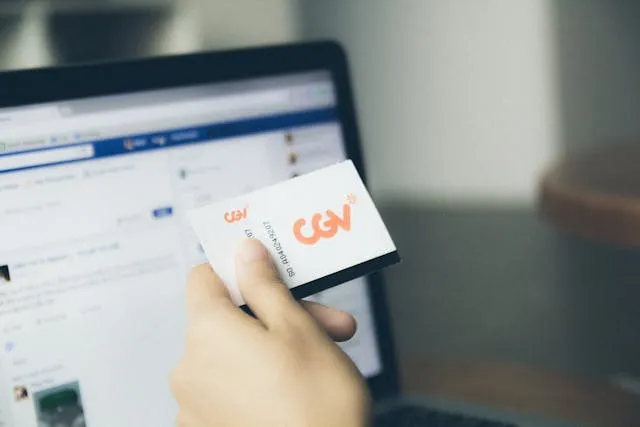Beyond the Card: Why Digital Business Card Printing is the Future of Personal Branding

In today’s world of constant digital interaction, the traditional tools of networking are evolving fast. One of the most notable changes is the rise of digital business card printing—a forward-thinking approach that merges physical design with smart technology to redefine how we share who we are.
The Evolution of the Business Card
Business cards have long been a cornerstone of professional identity. They’re simple, tactile, and symbolic of a formal introduction. But times are changing. The digital age demands something more dynamic, more adaptable, and more meaningful.
Digital business card printing brings a solution: cards that still feel personal but are powered by modern technology. Instead of just a name and a phone number, they provide a gateway to your entire digital presence.
What Makes a Digital Business Card Different?
Unlike traditional cards, digital versions are printed with features that connect the physical and digital realms. These may include:
- NFC (Tap to Connect): When tapped against a smartphone, the card can instantly share your digital contact file or open a custom link.
- QR Codes: Scannable codes that direct users to your LinkedIn profile, website, resume, or contact form.
- Cloud Integration: Updates can be made remotely without changing the card design.
This makes digital business card printing not just about contact sharing, but about building a smart, flexible tool that evolves with your career.
Practical Benefits for Professionals
Always Up-to-Date
One of the biggest frustrations with traditional cards is that they go out of date quickly. Change your job title or phone number, and suddenly your entire stack is obsolete. With digital business card printing, updates can be managed online, keeping your contacts current without reprinting.
Efficiency in Networking
Digital cards streamline communication. A quick tap or scan can add someone to your contacts, link them to your portfolio, or even start a WhatsApp conversation. This is especially useful at large networking events, trade shows, or conferences where time is short and first impressions matter.
Data and Analytics
Some platforms supporting digital business card printing offer insights like how many people scanned your card, where they were located, and what links they clicked. This kind of data helps you track your networking impact—something traditional cards can never offer.
Also Read: 410+ Best Top Sunday Motivational Quotes
Design with Purpose
These new-age cards must balance technology with visual appeal. Good design remains essential: clear layout, branded visuals, and user-friendly instructions ensure that your card is not only functional but also memorable.
Materials vary too—many choose recycled paper, bamboo, or metal to create a premium look while staying eco-conscious. Despite their tech features, digital business card printing doesn’t mean sacrificing style.
Points to Consider Before Switching
Despite the many benefits, there are a few considerations before moving fully to digital business card printing:
- Not everyone is digital-ready: Some older audiences may be unfamiliar with QR scanning or NFC tapping.
- Battery or signal dependency: If a recipient’s device isn’t ready or connected, some features won’t work instantly.
- Privacy awareness: Make sure that the links you share are secure and professionally appropriate.
That said, most professionals are adapting fast, and digital cards are quickly becoming expected—especially in tech-savvy industries.
Conclusion: The Card That Grows With Yo
In a world where personal branding is key and technology is embedded in everyday communication, digital business card printing offers a powerful tool for standing out. It’s sustainable, smart, and scalable—just like the careers it represents.
The future of networking isn’t just about handing something over. It’s about starting a connection that continues to grow—and a well-crafted digital business card might just be the most powerful first step.
